Chang’e-5 lunar lander flag system. Credit: CCTV.


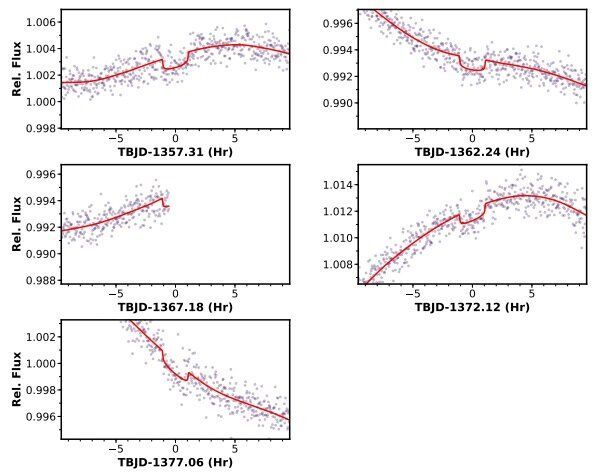
Using NASA’s Transiting Exoplanet Survey Satellite (TESS), astronomers have discovered two new young planetary systems. They found that two stars not older than 320 million years, namely TOI-251 and TOI-942, are orbited by a mini-Neptune planet and two Neptune-sized exoplanets. The finding is reported in a paper published November 26 on arXiv.org.
TESS is conducting a survey of about 200,000 of the brightest stars near the sun with the aim of searching for transiting exoplanets. So far, it has identified over 2,400 candidate exoplanets (TESS Objects of Interest, or TOI), of which 82 have been confirmed so far.
Recently, a team of astronomers led by George Zhou of the Harvard-Smithsonian Center for Astrophysics (CfA) in Cambridge, Massachusetts, confirmed another three planets. Between August and December 2018, TESS observed two stars: TIC 224225541 (TOI-251) and TIC 146520535 (TOI-942), which resulted in the detection of transit signals in the light curves of these objects. The planetary nature of these signals was confirmed by follow-up photometric and spectroscopic observations using ground-based facilities.
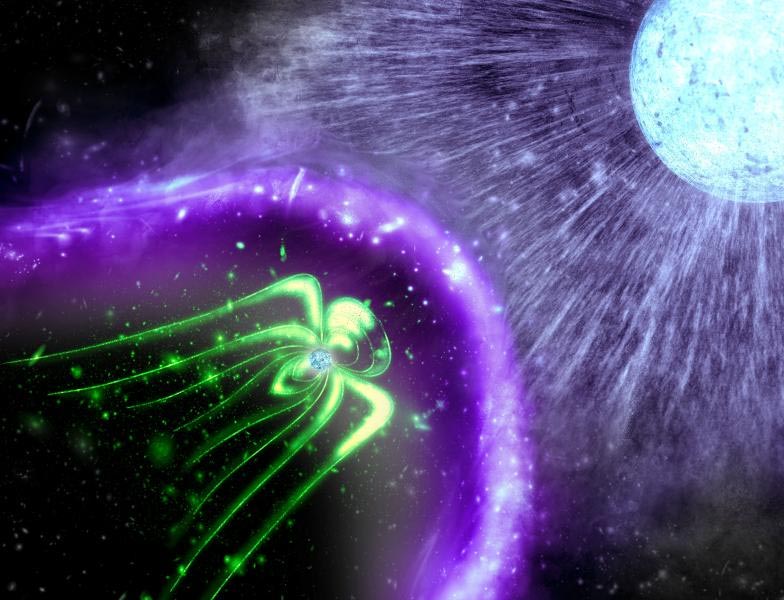
A team of researchers led by members of the Kavli Institute for the Physics and Mathematics of the Universe (Kavli IPMU) has analyzed previously collected data to infer the true nature of a compact object—found to be a rotating magnetar, a type of neutron star with an extremely strong magnetic field—orbiting within LS 5039, the brightest gamma-ray binary system in the Galaxy.
Including former graduate student Hiroki Yoneda, Senior Scientist Kazuo Makishima and Principal Investigator Tadayuki Takahashi at the Kavli IMPU, the team also suggest that the particle acceleration process known to occur within LS 5039 is caused by interactions between the dense stellar winds of its primary massive star, and ultra-strong magnetic fields of the rotating magnetar.
Gamma-ray binaries are a system of massive, high-energy stars and compact stars. They were discovered only recently, in 2004, when observations of very-high-energy gamma-rays in the teraelectronvolt (TeV) band from large enough regions of the sky became possible. When viewed with visible light, gamma-ray binaries appear as bright bluish-white stars, and are indistinguishable from any other binary system hosting a massive star. However, when observed with X-rays and gamma-rays, their properties are dramatically different from those of other binaries. In these energy bands, ordinary binary systems are completely invisible, but gamma-ray binaries produce intense non-thermal emission, and their intensity appears to increase and decrease according to their orbital periods of several days to several years.
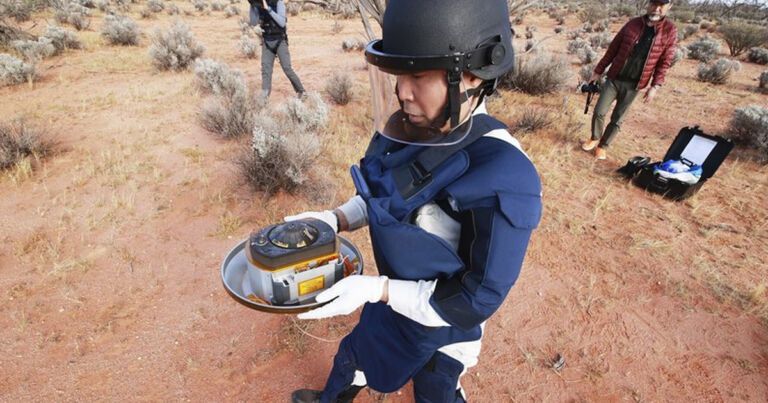
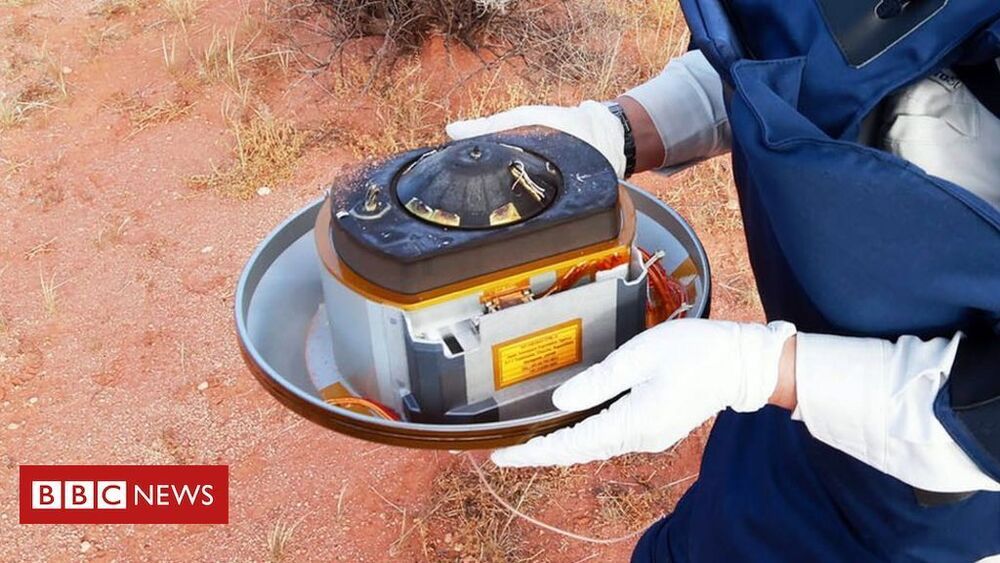
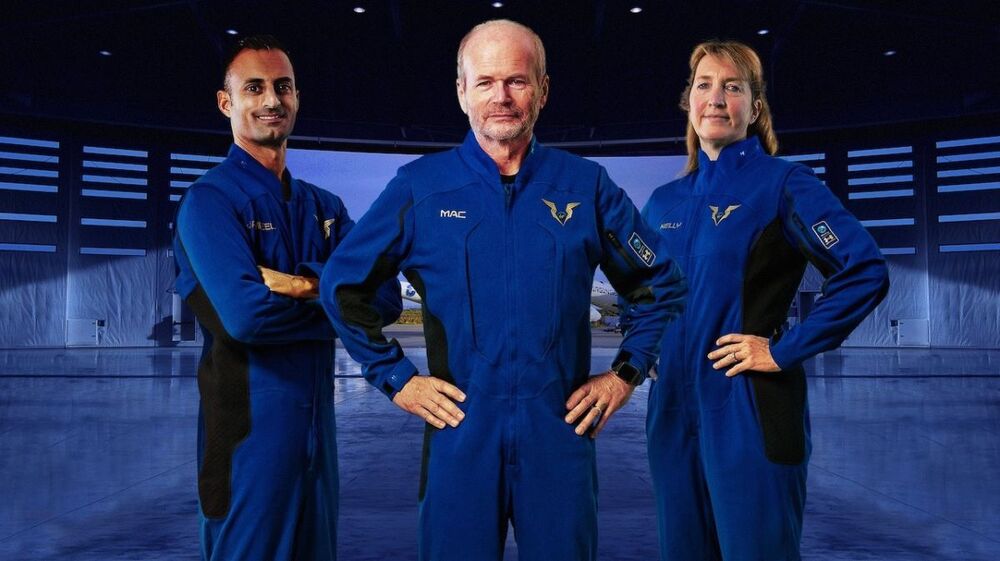

Steve Wozniak is starting a second company, 45 years after he co-founded Apple in Steve Jobs’ parents garage in 1976.
This time, Wozniak is starting a business in the green tech and blockchain space called Efforce, according to a statement released Friday.
Efforce, which has been in stealth mode for almost a year, is a marketplace for corporate or industrial buildering owners to have “green” projects funded.
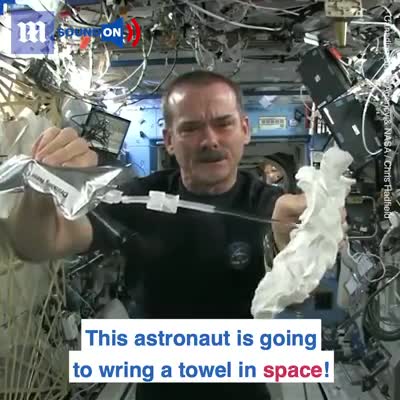
Ever wonder what happens when you wring out a washcloth in SPACE?! 🌌 👨🚀 💧 via Canadian Space Agency & NASA — National Aeronautics and Space Administration.
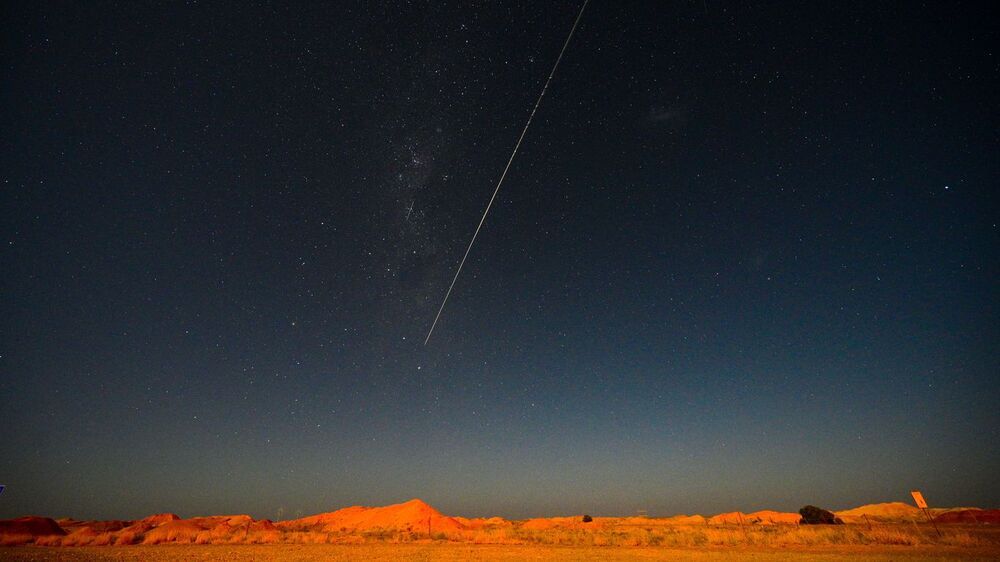
It’s only the second time pristine astroid material has been brought back to Earth.
A Japanese space capsule carrying asteroid samples landed in a remote area of Australia as planned Saturday, Japan’s space agency, JAXA, said.
Why it matters via Axios’ Miriam Kramer: It’s only the second time pristine asteroid material has been brought back to Earth. Sample return missions like this one are incredibly valuable to scientists.
Hayabusa2’s sample return capsule has landed in Woomera, Australia, today, 5 December — or 6 December local time at Woomera. The exact landing location is now being determined, but a tweet from the mission’s official account says an estimated location of landing has been identified and teams are en route to recover it.
The craft returned not just asteroid surface material, but subsurface material (at first) as well, and will be met by Japanese scientists after completing its six-year mission to the asteroid 162173 Ryugu.
The main Hayabusa2 spacecraft meanwhile used its remaining propellant to start an extended, 11 year astronomical mission.